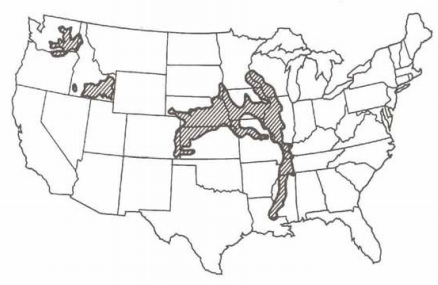Factors to consider in foundation design
Articles > Factors to consider in foundation design
Following factors need to be considered in design and analysis of foundations:
1. Footing depth and spacing
footings should be carried below the frost line, zone of high volume change due to moisture fluctuations, topsoil or organic materials, peat and muck and unconsolidated material such as abandoned garbage dumps
2. Displaced soil effects
Soil is always displaced by installing a foundation. In the case of spread footings the displacement is the volume of the footing pad and the negligible amount from the column resting on the footing. In cases where a basement is involved, the basement floor slab usually rests directly on top of the footing pad. In other cases, a hole is excavated for the footing, the footing and column are installed, and the remainder of the hole is backfilled to the ground surface.
3. Net versus gross soil pressure: design soil pressures
When the soil engineer gives an allowable bearing pressure to the structural designer, as is often the practice, what is the significance of qa?
- Is it a net pressure, i.e., pressure in excess of the existing overburden pressure that can be safely carried at the foundation depth?
- Is it a gross pressure, i.e., the total pressure that can be carried at the foundation depth, including the existing overburden pressure?
4. Erosion problems for structures adjacent to flowing water
Bridge piers, abutments, bases for retaining walls, and footings for other structures adjacent to or located in flowing water must be located at a depth such that erosion or scour does not undercut the soil and cause a failure.
5. Corrosion protection
In polluted ground areas such as old sanitary landfills, shorelines near sewer outfall lines from older industrial plants, or backwater areas where water stands over dead vegetation, there can be corrosion problems with metal foundation members as well as with concrete. Concrete is normally resistant to corrosion; however, if sulfates are present, it may be necessary to use sulfate-resistant concrete.
6. Water table fluctuation
A lowered water table increases the effective pressure and may cause additional settlements. A raised water table may create problems for the owner from the following:
- Floating the structure (making it unstable or tilting it)
- Reducing the effective pressure (causing excessive settlements)
- Creating a wet basement if the basement walls are not watertight
7. Foundations in sand and silt deposits
Foundations on sand and silt will require consideration of the following:
- Bearing capacity.
- Densification of loose deposits to control settlement.
- Placing the footing at a sufficient depth that the soil beneath the footing is confined. If silt or sand is not confined, it will roll out from the footing perimeter with a loss of density and bearing capacity. Wind and water may erode sand or silt from beneath a footing that is too near the ground surface.
- Uncontaminated glacial silt deposits can have a large capillary rise because of the small particle sizes. Sometimes these deposits can be stabilized by excavation to a depth of 0.6 to 1 m, followed by placement of a geotextile water barrier. The silt is then backfilled and compacted to provide a suitable foundation. An overlying water barrier or other drainage
may also be necessary since downward-percolating water will be trapped by the lower geotextile.
8. Foundations on loess and other collapsible soils
Collapsible soils are generally wind-blown (aeolian) deposits of silts, dune sands, and volcanic ash. Typically they are loose but stable, with contact points well-cemented with a water-soluble bonding agent, so that certain conditions of load + wetting produce a collapse of the soil structure with a resulting large settlement.

locations of major loess in the United States
 Read also:
Read also:
- All Types of Foundation Materials
- Meyerhof's Method
- Typical Load Combinations For Residential Buildings Design
- Types of Foundations From Construction Point of View
- Terzaghi's Method
 Share:
Share:
Follow our official Facebook page (@civilengineeringbible) and Twitter page (@CivilEngBible) and do not miss the best civil engineering tools and articles!

